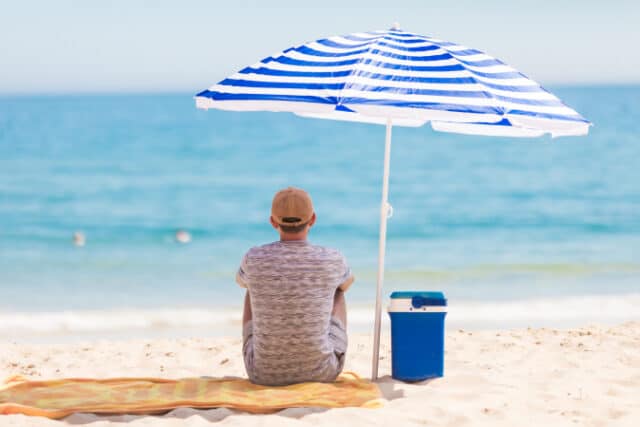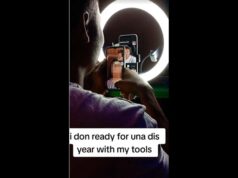
July is UV Safety Month, which makes this a good time to learn about avoiding the harmful effects of ultraviolet, or UV, radiation from sunlight.
Exercising and enjoying time outdoors are important for good health. This time of year means fun in the sun for many people. Knowing how to protect your skin will allow you to do so safely.
A sunburn usually appears within a few hours after too much exposure to UV light from sunshine or artificial sources, such as sunlamps. Any exposed part of your body, including your earlobes, scalp and lips, can burn. Even covered areas can burn if, for example, your clothing has a loose weave that allows UV light through. Your eyes, which are extremely sensitive to the sun’s UV light, also can burn.
Sunburn signs and symptoms usually appear within a few hours after sun exposure. But it may take a day or more to know how severe the sunburn is. If the damage is severe, medical attention may be required.
Intense, repeated UV light exposure that results in sunburn increases the risk of other skin damage, such as wrinkles and age spots. It also raises the risk of skin cancers such as melanoma. This slideshow includes images of several conditions caused by sun damage.
Here are four ways you can protect yourself from UV radiation damage:
- Time of day
Avoid sun exposure in the middle of the day — between 10 a.m. and 4 p.m. — when the UV rays are strongest. In addition, be mindful that clouds offer little protection, and UV rays can bounce off surfaces like water, sand, snow or pavement, leading to increased UV exposure. - Sunscreen
Use a broad-spectrum sunscreen with a sun protection factor, or SPF, of at least 30 — even on cloudy days. Apply sunscreen generously, and reapply every two hours — or more often if you’re swimming or perspiring. Use a generous amount of sunscreen on all exposed skin, including your lips, the tips of your ears, and the backs of your hands and neck. And if you’re using leftover sunscreen from year to year, be sure to check the expiration date. Learn more about choosing the best sunscreen. - Sunglasses
UV radiation also can burn your eyes. Sunburned eyes can feel painful or gritty. Too much UV light can damage the retina, lens and cornea. Sun damage to the lens can lead to clouding of the lens, or cataracts. Exposure to UV light also can increase your risk of developing ocular melanoma. Sunburn of the cornea also is called snow blindness. Look for sunglasses that block both types of UV radiation — UVA and UVB rays. Learn more about choosing the best sunglasses. - Protective clothing
Sunscreens don’t provide complete protection from UV rays. You also should protect your skin with dark, tightly woven clothing that covers your arms and legs, and a broad-brimmed hat that provides more protection than a baseball cap or visor. Some companies also sell photoprotective clothing, with a UV protection factor, or UPF, rating similar to the SPF rating of sunscreens. Learn more about UPF clothing.
Connect with others talking about sun safety in the Skin Health support group on Mayo Clinic Connect, an online patient community moderated by Mayo Clinic.
The post Consumer Health: Fun in the sun does not have to mean a sunburn appeared first on Mayo Clinic News Network.
“Courtesy: Mayo Clinic News Network.”
Republished with permission[/vc_message]
This article originally appeared here and was republished with permission.












